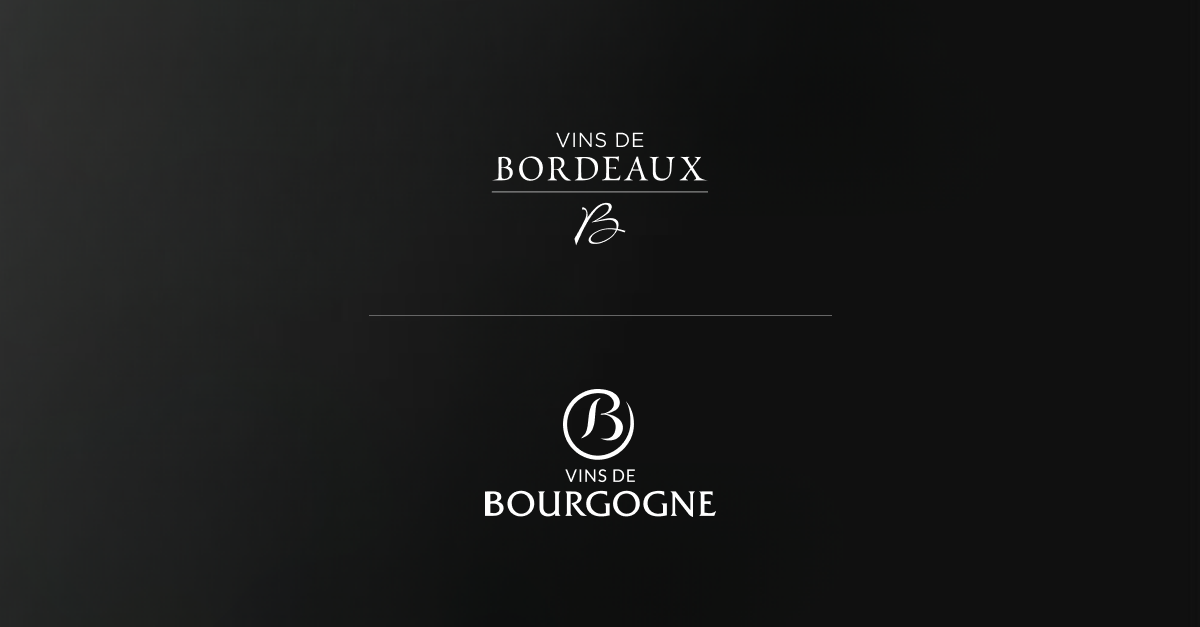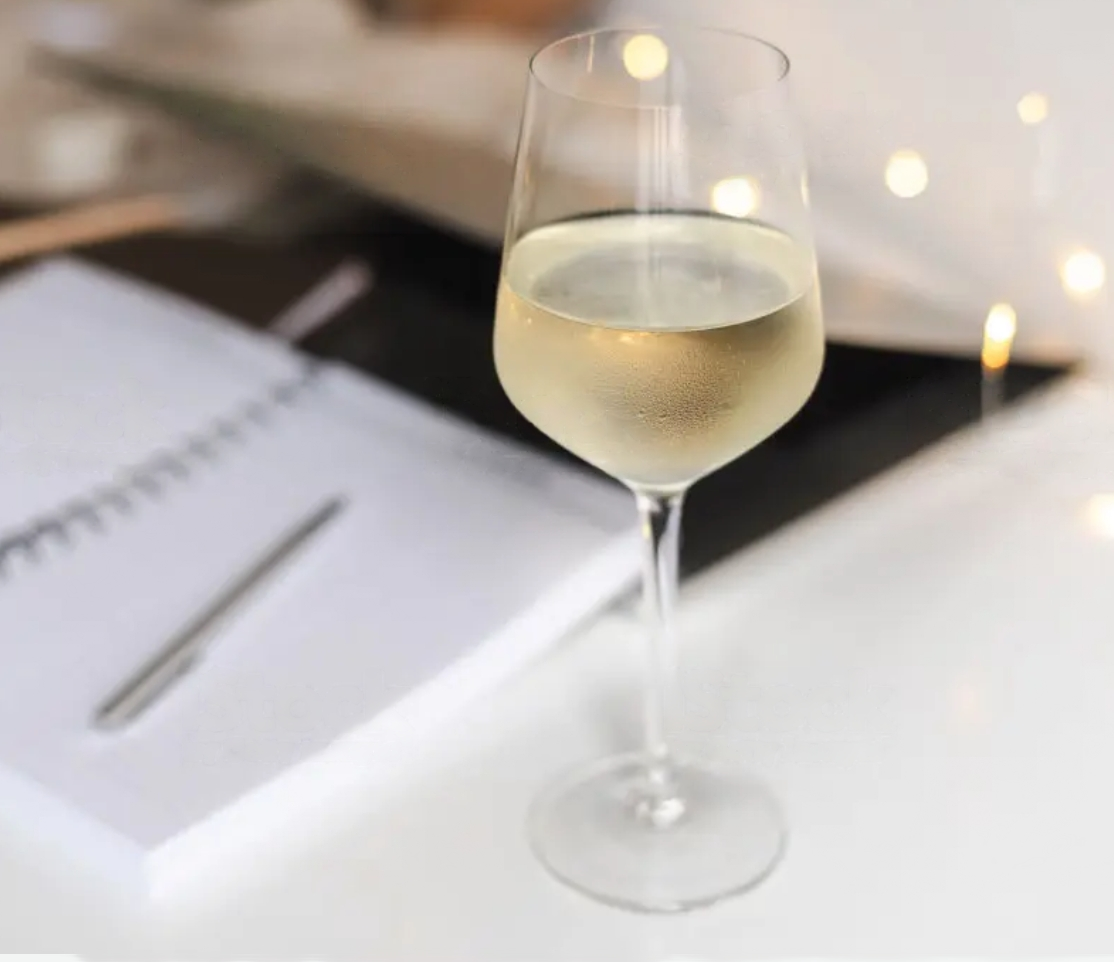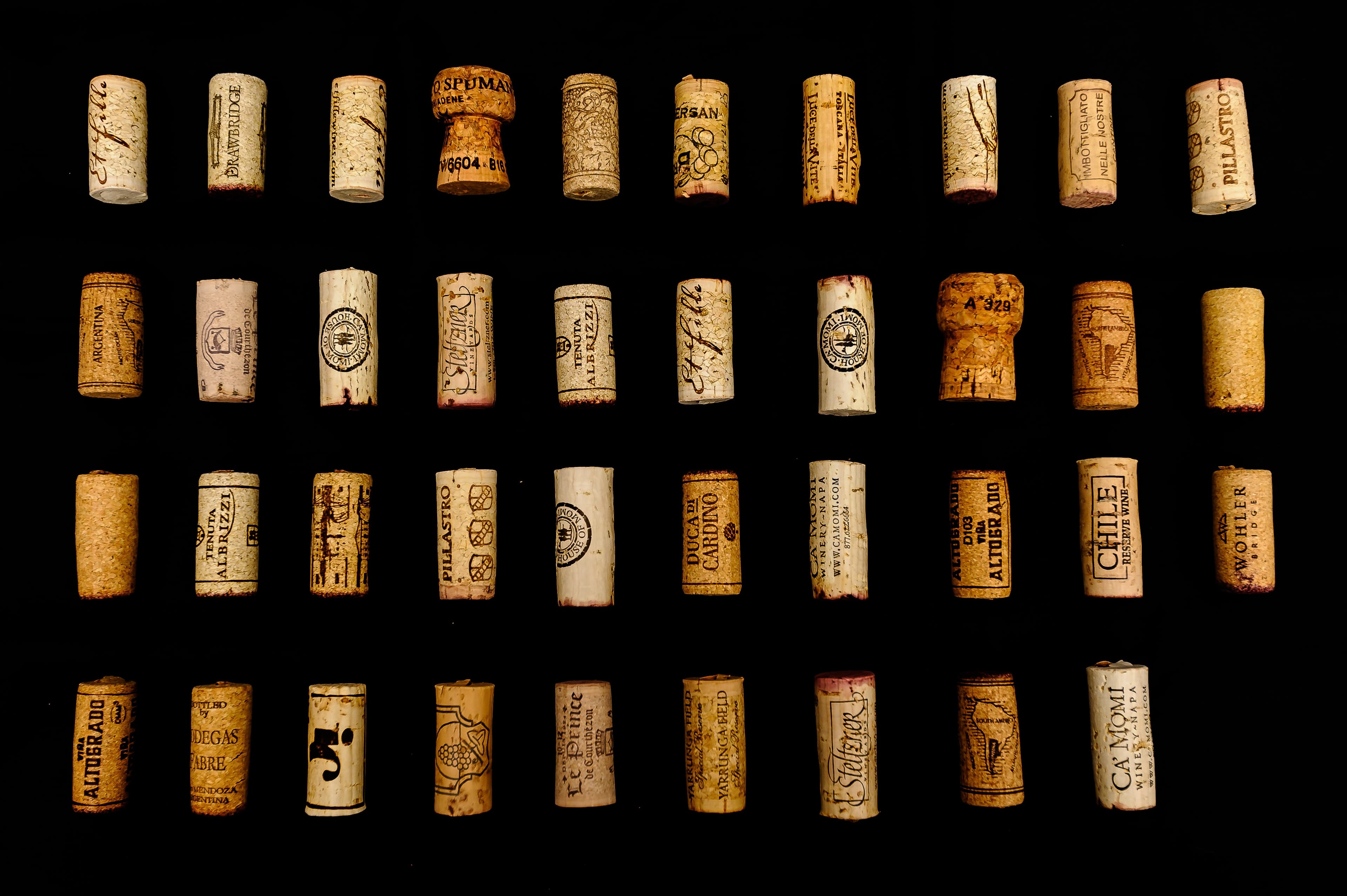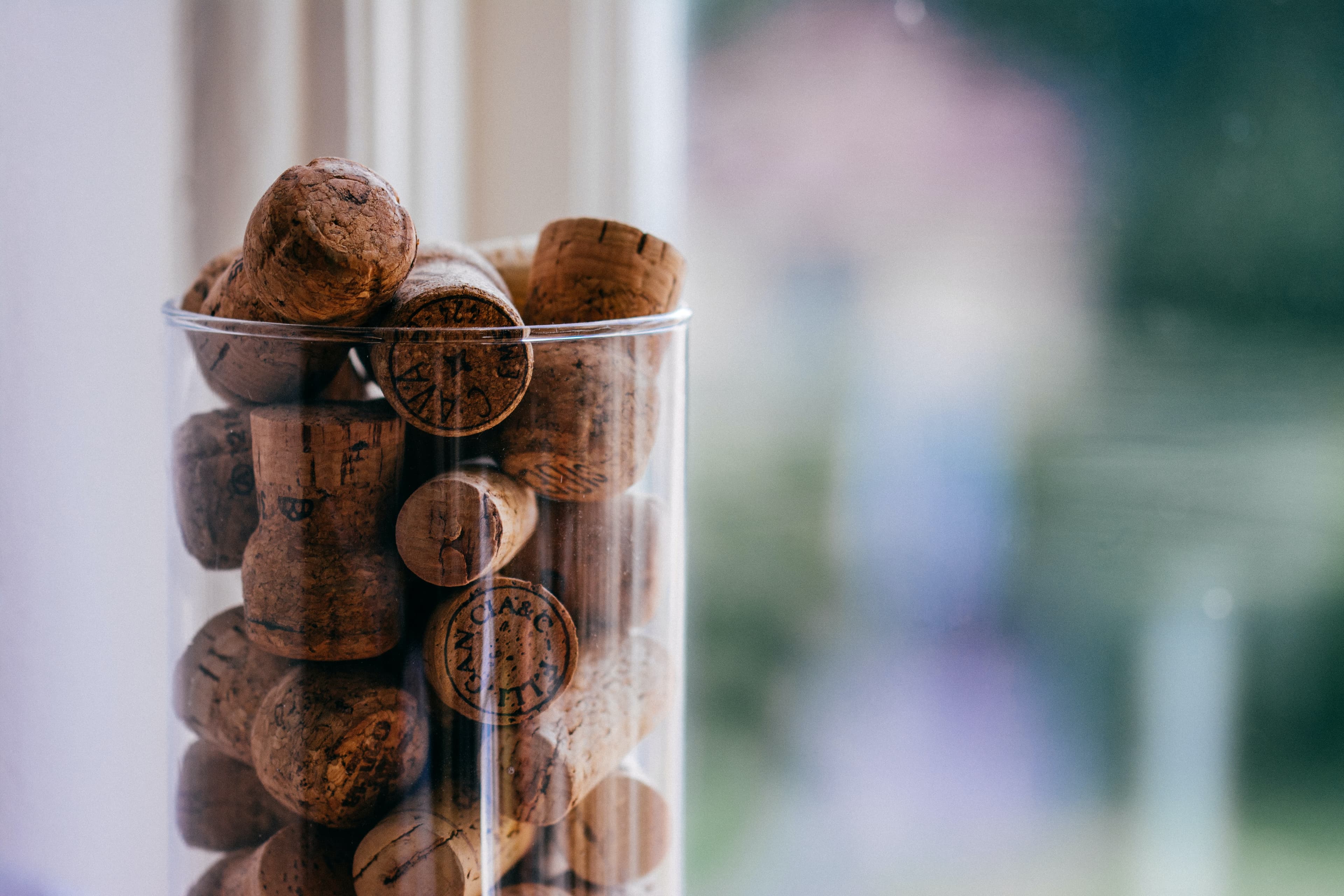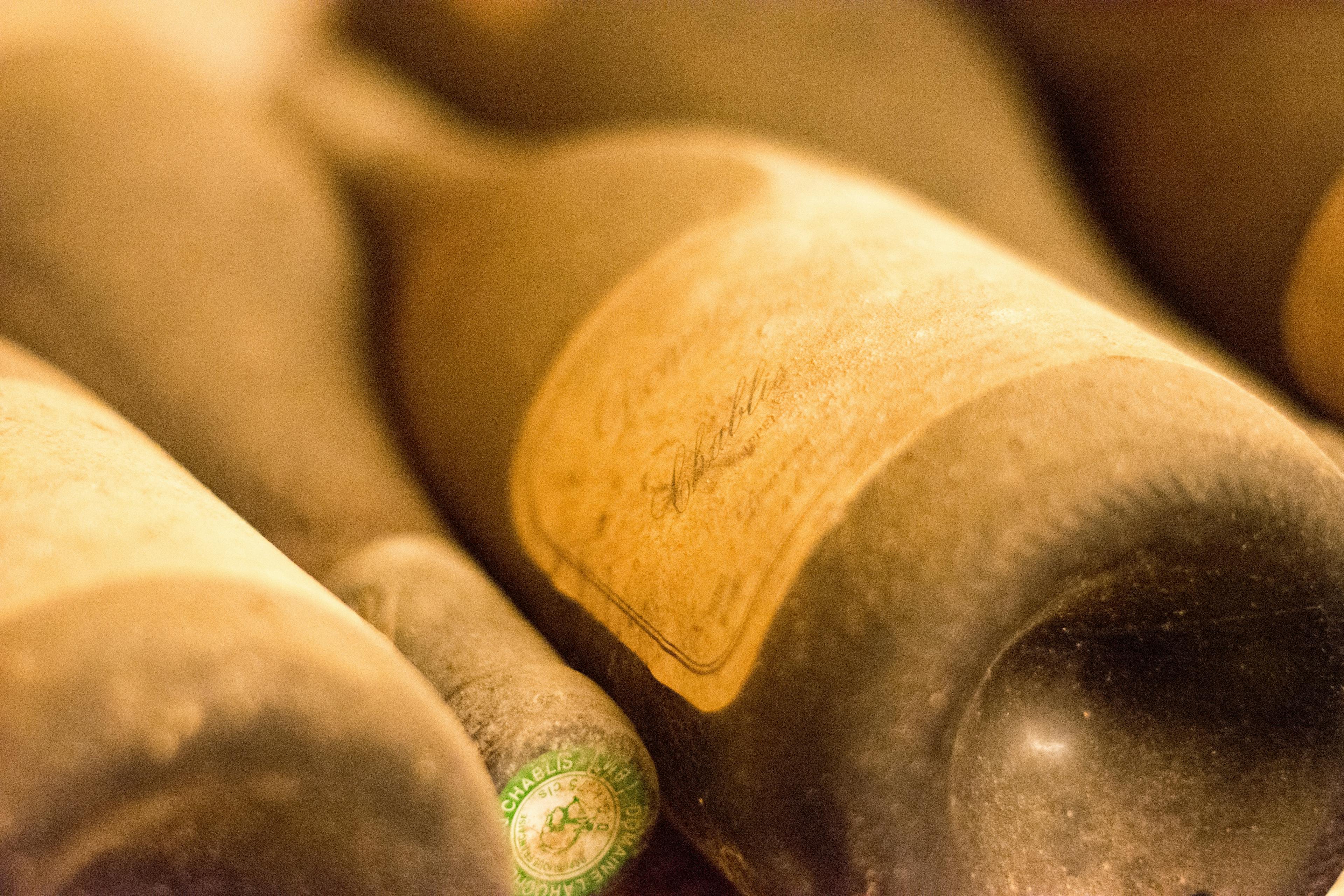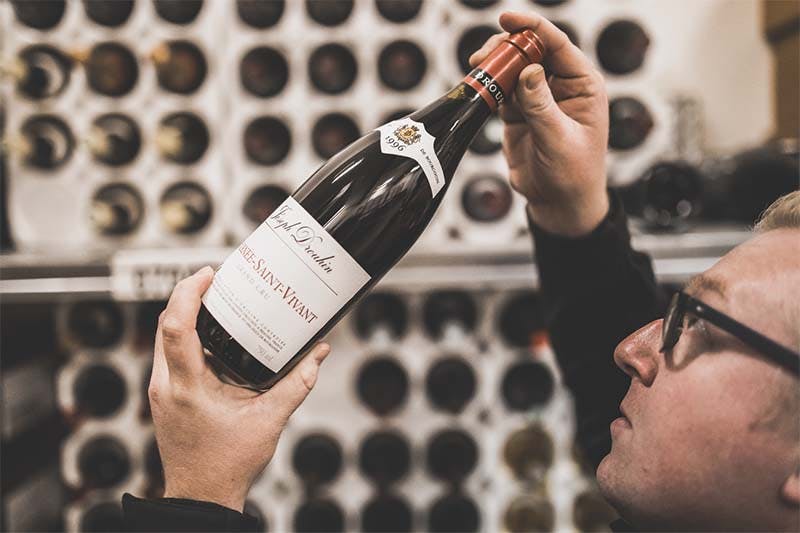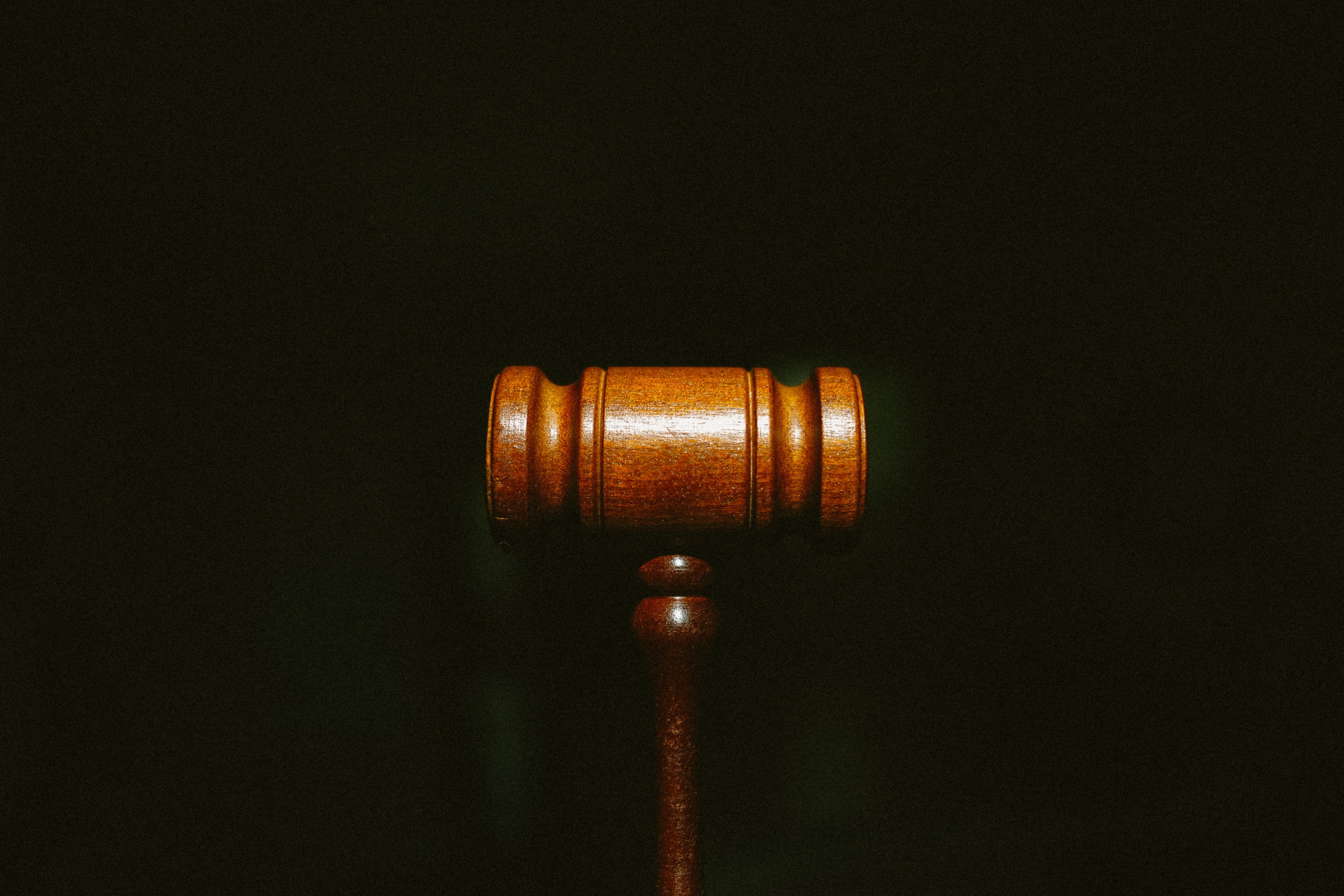Comment Fonctionnent les Évaluations de Vin et les Scores des Critiques de Vin
8 min de lecture
Head of Content
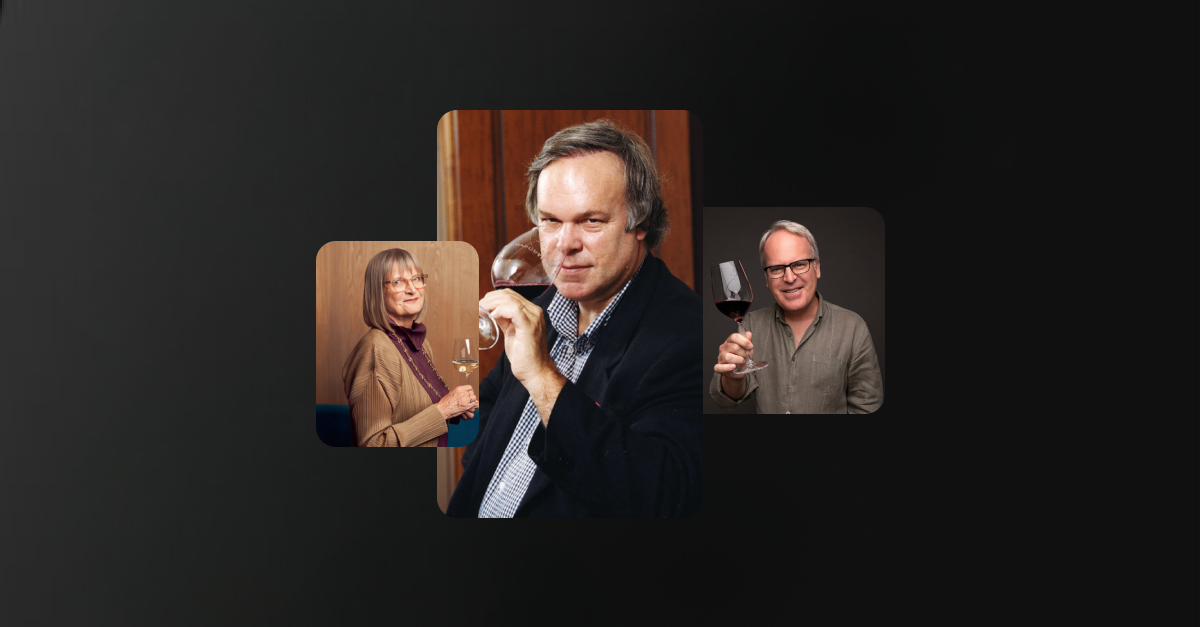
Nous voyons souvent sur le site web du marchand de vin, qu'un vin a été noté à 93 points, ou dans le supermarché, certaines bouteilles ont les autocollants de médailles d'or des magazines de vin. Un vin de 90+ points est censé être bon. Mais vous êtes-vous demandé quels critères le vin doit respecter pour être noté à 90 points ? Et comment fonctionne le système de notation des vins ? Les notations de vin sont le moyen le plus direct pour les critiques de vin d'exprimer leur jugement sur la qualité d'un vin, qui est souvent présenté en deux parties : le score numérique et les notes de dégustation. L'objectif de la notation de vin, ou de la notation de vin, est d'aider les clients et les collectionneurs à décider quels vins acheter. Pour cette nature, les notations de vin peuvent être un excellent outil de marketing pour les producteurs de vin et les marchands de vin.
En général, la dégustation est réalisée par des critiques de vin et un panel d'experts en vin des médias vinicoles, sans aucun parrainage, pour garantir l'objectivité et la crédibilité de la notation des vins. Le processus de notation est conçu pour évaluer différents déterminants de qualité du vin, y compris les arômes, les goûts et le potentiel de vieillissement. La plupart des critiques de vin et des magazines de vin adoptent une échelle de 100 points pour noter les vins, qui a été popularisée par le célèbre critique de vin américain Robert Parker, mais l'échelle traditionnelle de 20 points est utilisée par certains critiques européens tels que Jancis Robinson et Bettane & Desseuve.
Robert Parker et Wine Advocate

Robert Parker est le critique de vin le plus influent et probablement le plus controversé de l'histoire. Titulaire d'un diplôme de Juris Doctor, Parker a commencé sa vie professionnelle en tant qu'avocat. Lors de son voyage en Alsace, Parker a découvert son intérêt pour le vin. Parker a commencé à écrire un guide de vin en 1975 avec l'intention d'écrire sur le vin sans les conflits d'intérêts qui pourraient entacher les opinions d'autres critiques qui gagnent également leur vie en vendant du vin. En 1978, il a lancé The Baltimore-Washington Wine Advocate, une newsletter par courrier qui a ensuite été renommée The Wine Advocate.
Parker a attiré l'attention internationale lorsqu'il a déclaré que le millésime 1982 de Bordeaux était superbe, malgré les opinions contradictoires de nombreux autres critiques. Le millésime s'est avéré être parmi les plus chers de tous les grands millésimes de Bordeaux. Parker est connu pour favoriser les vins riches, intenses et robustes. Ses notations de vins de Bordeaux, Napa Valley et Rhone Valley sont souvent considérées comme la référence de la qualité des vins et des producteurs.
En tant qu'évangéliste de l'échelle de 100 points, Robert Parker note les vins selon quatre aspects : 5 points pour la couleur et l'apparence ; 15 points pour l'arôme ; 20 points pour le goût, qui inclut la concentration de la saveur, l'équilibre, la complexité, l'arrière-goût du vin ; enfin, 10 points pour l'évaluation globale, y compris le potentiel de vieillissement et le développement. Tous les vins commencent à 50 points, chaque partie étant notée séparément, et le score total étant additionné.
Échelle de notation des vins de Robert Parker/Wine Advocate sur 100 points :
96-100 : Extraordinaire
90-95 : Exceptionnel
80-89 : À peine au-dessus de la moyenne à très bon
70-79 : Moyen
60-69 : En dessous de la moyenne
50-59 : Inacceptable
Après sa carrière légendaire, en 2019, Parker a annoncé sa retraite officielle. Cependant, son approche de la notation des vins a toujours une énorme influence sur la jeune génération de critiques de vin et de professionnels du vin. Le score de Parker reste la norme de référence sur le marché des vins fins.
Jancis Robinson
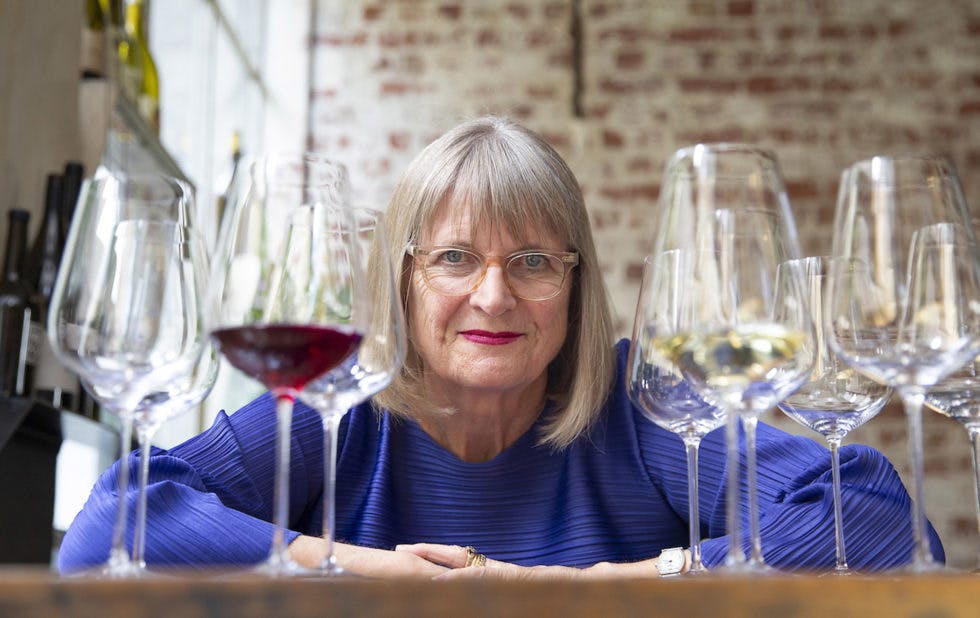
Commencant sa carrière en tant que rédactrice adjointe au magazine Wine & Spirits, la critique de vin britannique et journaliste Jancis Robinson est une autre figure significative de l'industrie du vin. Elle a obtenu le titre de Master of Wine en 1984, en tant que première personne en dehors du commerce du vin à recevoir cet honneur. En tant qu'écrivaine de vin, Robinson a publié plusieurs littératures vinicoles complètes et encyclopédiques. Robinson est l'éditrice de l'Oxford Companion to Wine et co-auteur de The World Atlas of Wine avec Hugh Johnson. En 2003, la reine Elizabeth lui a décerné le titre d'Officier de l'Empire britannique (OBE), et elle est maintenant conseillère pour la cave royale et auteur contributeur pour le Financial Times.
Jancis Robinson attribue des notations de vin en fonction de l'apparence du vin au moment de la dégustation ainsi que de son potentiel à s'améliorer avec l'âge. Contrairement à Robert Parker, elle adopte une échelle de notation de vin de 20 points. Connue pour sa notation rigoureuse, Jancis Robinson note rarement un vin au-dessus de 18 points.
Échelle de notation des vins de Jancis Robinson sur 20 points :
20 : Vraiment exceptionnel
19 : Un chef-d'œuvre
18 : Un cran au-dessus du supérieur
17 : Supérieur
16 : Distingué
15 : Moyen
14 : Mortellement ennuyeux
13 : À la limite de la faute ou déséquilibré
12 : Faute ou déséquilibré
James Suckling

L'ancien rédacteur en chef senior et chef du bureau européen du prestigieux magazine de vin, Wine Spectator, James Suckling est l'un des critiques de vin les plus influents au monde. Après avoir terminé son diplôme de journalisme, il s'est intéressé au monde du vin sous l'influence de son père. Il a d'abord postulé pour un poste de rédacteur contributeur de Wine Spectator, Suckling a rejoint le magazine en 1981, qui à l'époque, n'avait que 800 abonnés. Pendant son mandat chez Wine Spectator, Suckling a goûté en moyenne 4000 vins par an, dont la moitié étaient italiens. Certains qu'il a goûtés sur place dans les caves concernées, tandis que d'autres il les a goûtés à l'aveugle dans son bureau en Italie. En octobre 2010, Suckling a lancé le site JamesSuckling.com, déclarant qu'il présenterait principalement du contenu vidéo mettant en vedette des "figures clés du vin du monde entier".
James Suckling note les vins avec une échelle de 100 points, tant pendant son temps chez Wine Spectator qu'après avoir commencé à noter seul. Ayant une affinité pour les vins italiens, Suckling publie également sa sélection des meilleurs vins d'Italie. Cependant, il est connu pour rejeter les vins du Nouveau Monde, les qualifiant de "jus de confiture".
L'influence des notations de vin
Prix
Les scores des critiques servent d'outil marketing pour les producteurs de vin et les marchands de vin. Bordeaux En Primeur, par exemple, les critiques de vin évaluent les vins alors qu'ils sont encore en fût. Après la publication des scores, les négociants ajustent le prix en fonction du score des critiques. Les exemples parfaits du changement immédiat de prix après la nouvelle publication des notations de vin seront Château Smith-Haut-Lafitte et Château Léoville Poyférré. Le premier a vu son prix du millésime 2009 s'envoler en deux semaines après avoir reçu 100 points de Robert Parker. Château Léoville Poyférré, deuxième cru de Grand Cru Classe Bordeaux, d'autre part, a augmenté son prix de sortie de primeurs de 60 euros à 175 euros après avoir reçu un score de 100.
Tendance du marché & préférence de goût
En raison de l'énorme influence des critiques de vin, les scores des critiques influencent souvent le choix des consommateurs. L'exemple parfait des critiques de vin façonnant la tendance du marché et la préférence de goût de l'industrie du vin est le "phénomène Parker". Connu pour sa préférence pour les vins robustes, riches et puissants, Robert Parker a établi la tendance mondiale des vins de Bordeaux, Napa Valley, Rhone et Rioja. Les consommateurs se sont enthousiasmés pour un vin noté à plus de 90 points par Parker, les producteurs, afin d'obtenir sa bonne grâce, et les consommateurs ont orienté le style de vin dans cette direction. Bien que ces dernières années, la préférence d'un seul critique de vin ait moins de poids sur la tendance générale, l'influence des critiques de vin, en particulier sur certaines régions, ne peut être négligée.
Développement de la région viticole
Certaines régions et variétés de raisins bénéficient du goût de Parker, tandis que d'autres restent invisibles. Les critiques de vin influencent le choix des consommateurs et façonnent en outre le développement de la région viticole. C'est une épée à double tranchant, d'une part, le succès apporté par les scores élevés pousse les producteurs de vin à continuellement améliorer la qualité des vins. D'autre part, pour ceux qui ne sont pas choisis, il faut plus d'efforts pour être reconnu par le marché. De plus, pour plaire au palais des critiques de vin influents, certains producteurs de vin ont abandonné le style traditionnel de la région et fabriquent des vins qui sont plus faciles à obtenir des scores élevés, ce qui conduit à un style homogène de différentes régions du monde.
Limitations
Le goût est une chose subjective
Le processus de notation est une composition de deux parties : l'évaluation objective de la qualité et l'expérience sensorielle subjective. Avec l'approche objective et systématique de l'évaluation de la qualité, les critiques de vin peuvent fournir des opinions professionnelles sur les aspects qualitatifs du vin, tels que l'équilibre général, la typicité, la complexité, etc. Cependant, l'expérience sensorielle de la dégustation de vin est subjective. C'est pourquoi nous ne trouvons normalement pas de consensus sur certains vins particuliers de différents critiques.
Le vin évolue toujours
Le vin évolue avec l'âge. Certains vins sont goûtés plusieurs fois à différents stades de leur évolution. Mais dans la plupart des cas, le vin n'a été goûté et noté qu'une seule fois par les mêmes critiques, et souvent lors de sa sortie.
Les notations de vin ne représentent pas l'ensemble du monde du vin
Les critiques de vin individuels peuvent goûter des centaines de vins en peu de temps, et Wine Spectator note 16 000 vins chaque année. Bien que ces chiffres soient impressionnants, ils ne représentent que la partie émergée de l'iceberg de tous les vins uniques qui sont produits chaque année dans le monde. Il existe de nombreux vins, généralement provenant de régions moins connues ou de petits producteurs, qui ne sont jamais goûtés et notés. Parmi ceux qui sont notés, seuls les vins à score élevé sont publiés. Vous ne verrez jamais un vin noté à 5 points être commercialisé pour son score.
Partager cet article
